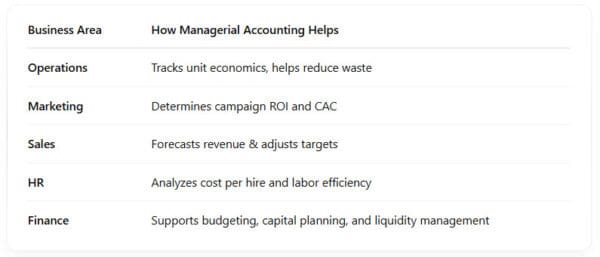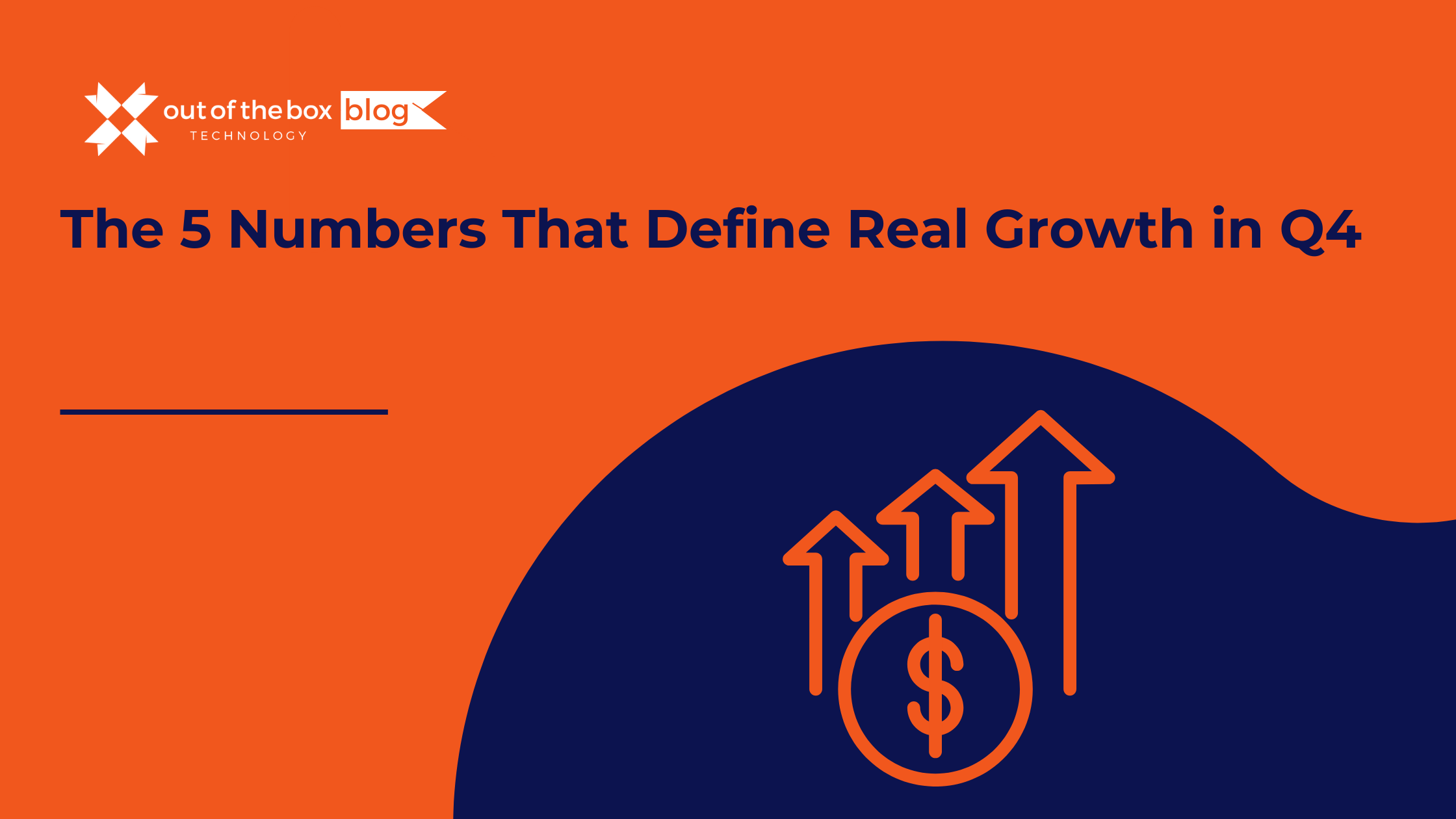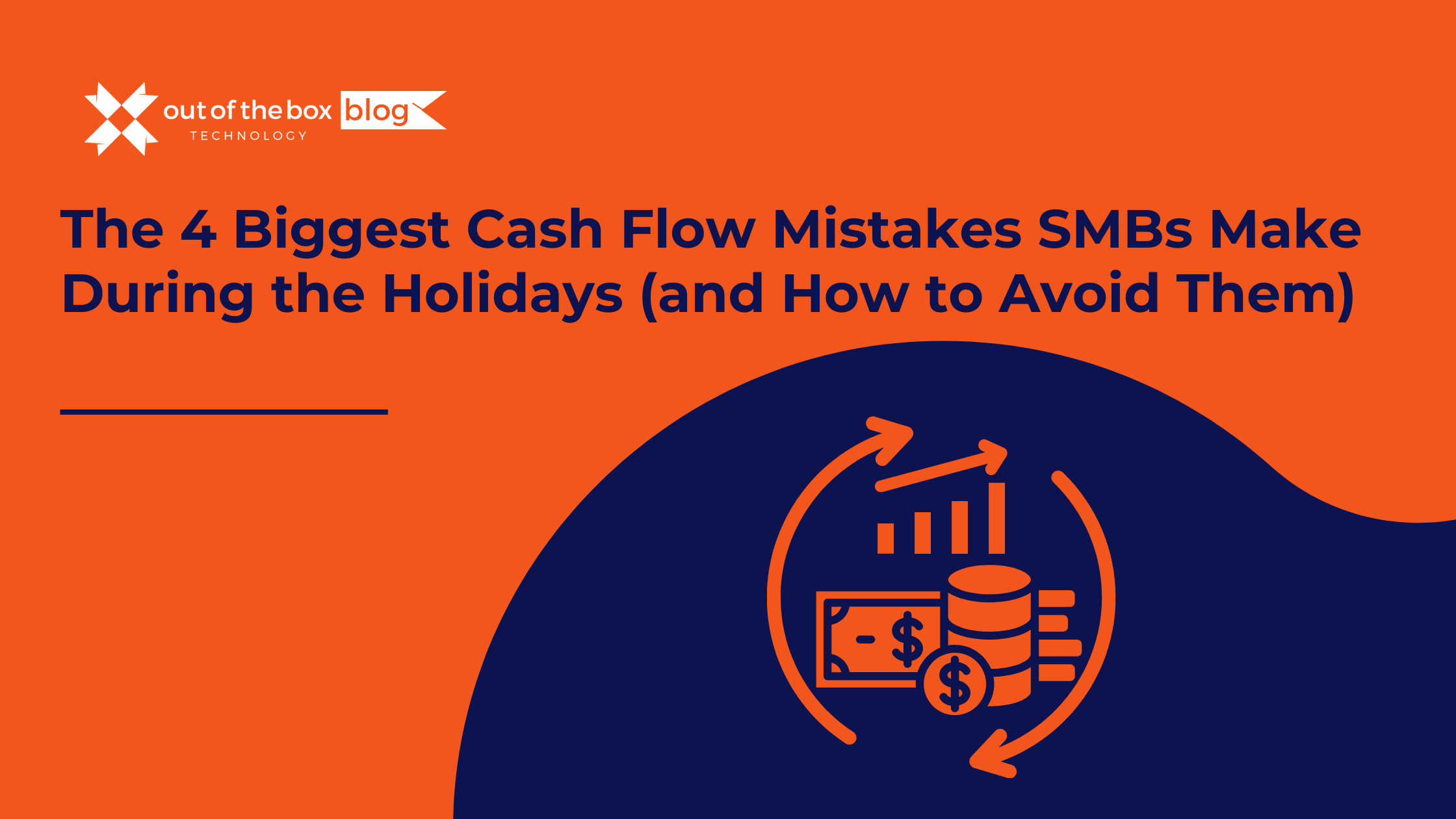Managerial accounting is one of the most critical tools used by modern businesses to make data-driven decisions. Unlike financial accounting, which focuses on historical performance and external reporting, managerial accounting emphasizes forward-looking insights for internal use.
Whether you’re a business owner, operations manager, or aspiring accountant, understanding the fundamentals of managerial accounting can improve your ability to plan, analyze, and optimize your company’s performance.
In this comprehensive guide, we’ll define what managerial accounting is, explore its core functions, and show how it empowers better decision-making across departments.
Primary keyword: managerial accounting
Secondary keywords: management accounting, decision-making in business, cost accounting, business budgeting, internal financial analysis
Table of Contents
-
What Is Managerial Accounting?
-
Managerial Accounting vs. Financial Accounting
-
Key Functions of Managerial Accounting
-
Common Techniques Used in Managerial Accounting
-
Real-World Examples of Managerial Accounting in Action
-
The Role of Managerial Accounting in Business Strategy
-
Benefits of Managerial Accounting
-
FAQs
1. What Is Managerial Accounting?
Managerial accounting, also known as management accounting, is the process of identifying, analyzing, interpreting, and communicating financial information to internal stakeholders for the purpose of improving organizational performance.
This branch of accounting is less concerned with compliance and historical data. Instead, it focuses on current and future trends, projections, and financial modeling.
“Managerial accounting is about helping leaders make better decisions, not just recording what happened.” — Chartered Institute of Management Accountants (CIMA)
2. Managerial Accounting vs. Financial Accounting

Managerial accounting offers more flexibility and real-time decision support, making it indispensable for day-to-day operations and strategic planning.
3. Key Functions of Managerial Accounting
Let’s break down the core responsibilities within managerial accounting:
a. Budgeting and Forecasting
Budgeting helps businesses plan how to allocate resources for upcoming periods, while forecasting predicts future financial trends based on historical and current data.
b. Cost Analysis
Managerial accountants help organizations understand the true cost of products, services, or departments—key for pricing and profitability.
c. Performance Evaluation
By tracking key performance indicators (KPIs), businesses can assess department efficiency, employee productivity, and financial health.
d. Decision Analysis
Whether it’s make-or-buy decisions, pricing strategy, or capital investments, managerial accounting supplies the data needed to make sound choices.
e. Risk Management
Analyzing potential risks, modeling worst-case scenarios, and creating contingency plans fall under managerial accounting’s domain.
4. Common Techniques Used in Managerial Accounting
Managerial accounting encompasses a wide array of tools. Some of the most widely used include:
1. Standard Costing
Companies set “standard” costs for production inputs and compare them to actual costs. Variances help identify inefficiencies.
2. Activity-Based Costing (ABC)
ABC assigns overhead and indirect costs to products or services based on resource usage, rather than just production volume.
Example: A company using ABC discovers that customer service accounts for 15% of total cost per order—helping them optimize support processes.
3. Break-Even Analysis
Determines the level of sales needed to cover all fixed and variable costs.
Formula:
Break-Even Point = Fixed Costs / (Selling Price – Variable Costs)
4. Contribution Margin Analysis
Measures how much money is left from each sale after variable costs to cover fixed costs and profit.
5. Cash Flow Analysis
Projects cash inflows and outflows to ensure the business has enough liquidity for operations.
6. Capital Budgeting
Uses tools like Net Present Value (NPV) and Internal Rate of Return (IRR) to evaluate large investments and projects.
7. Flexible Budgeting
Unlike static budgets, flexible budgets adapt based on real-time activity levels, helping managers respond to operational changes.
5. Real-World Examples of Managerial Accounting in Action
Example 1: Manufacturing Cost Control
A furniture manufacturer uses managerial accounting to identify that overhead costs are rising due to machine downtime. They invest in maintenance and reduce cost per unit by 8%.
Example 2: Pricing Strategy
A SaaS company analyzes customer acquisition cost (CAC), churn rate, and gross margin to optimize their pricing model. Managerial accounting helps them test multiple price points and improve profitability by 12%.
Example 3: Inventory Management
A retail chain uses ABC to determine which products are most expensive to stock. They reduce orders for low-margin items and negotiate new terms with suppliers, boosting margins across 40% of SKUs.
6. The Role of Managerial Accounting in Business Strategy
Managerial accounting isn’t just about numbers—it’s a strategic enabler.
Here’s how it supports key business functions:

In short, managerial accounting transforms raw data into actionable insights that drive better performance at every level of the organization.
7. Benefits of Managerial Accounting
Here’s what businesses gain from strong managerial accounting practices:
✅ 1. Better Decision-Making
Real-time reporting and custom dashboards help leaders make informed choices fast.
✅ 2. Improved Budget Accuracy
Forecasting and variance analysis allow for smarter, more adaptive budgets.
✅ 3. Enhanced Cost Control
Detailed tracking exposes inefficiencies and opens the door for savings.
✅ 4. Goal Alignment Across Teams
KPIs and performance reporting ensure everyone works toward common objectives.
✅ 5. Strategic Growth
From product development to market expansion, managerial accounting supports long-term planning.
8. FAQs About Managerial Accounting
What is the primary purpose of managerial accounting?
To provide internal stakeholders with financial and operational insights that help them make better business decisions.
Who uses managerial accounting?
Executives, department heads, operations managers, and financial analysts within a business.
Is managerial accounting the same as cost accounting?
Not exactly. Cost accounting is a subset of managerial accounting focused specifically on calculating and analyzing costs.
Does managerial accounting follow GAAP?
No. Managerial accounting is not governed by Generally Accepted Accounting Principles (GAAP), since it is used internally and not for external reporting.
What software is used in managerial accounting?
Popular tools include:
-
QuickBooks Enterprise
-
NetSuite
-
Microsoft Dynamics
-
Oracle Hyperion
-
SAP Business One
Can small businesses benefit from managerial accounting?
Absolutely. Even simple tools like cash flow projections, budgeting, and performance dashboards can make a big difference for growing businesses.
Final Thoughts
Managerial accounting plays a pivotal role in helping businesses stay competitive, efficient, and profitable. By delivering deep insights into costs, performance, and trends, it empowers decision-makers to act strategically rather than reactively.
Whether you’re trying to optimize pricing, launch a new product, or cut overhead, managerial accounting provides the roadmap to get there.




